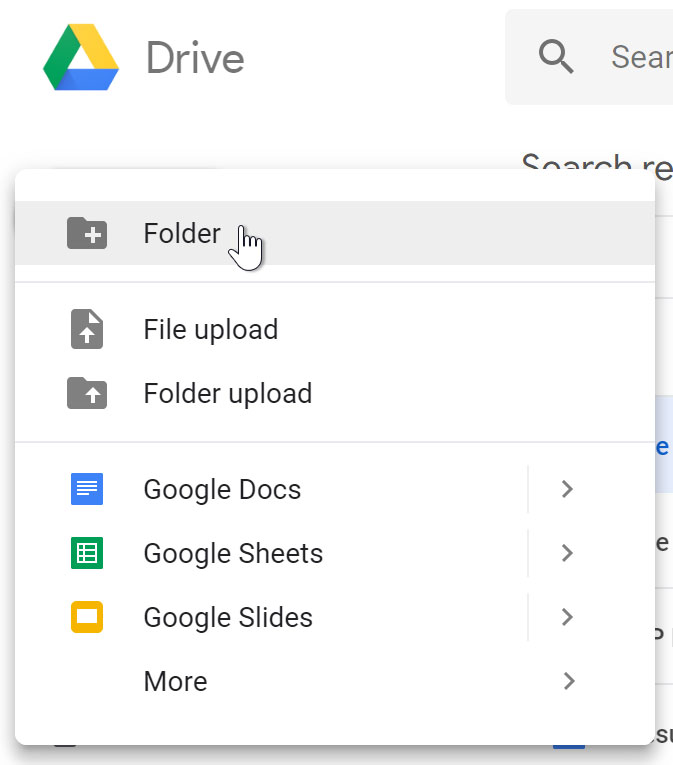
Note: The numeric folder name may change from machine to machine. What the command above is doing is deleting the numeric directory from DriveFS: $ cd ~/Library/Application\ Support/Google/DriveFS/ $ du -sh * 224Mđ14104707028901901726 4.0KĜrashpad 4.7M Logs 20M Resources 12K account_db_sqlite.db 512K cef_cache 4.0K pid.txt 4.0K signin $ rm -rf * $ du -sh * 4.0KĜrashpad 4.7M Logs 20M Resources 12K account_db_sqlite.db 512K cef_cache 4.0K pid.txt 4.0K signin To clear cache without deleting credentials, you can delete just the cache content directory: rm -rf ~/Library/Application\ Support/Google/DriveFS/* The side-effect of this is that it also deletes your credentials so you’ll need to login again. WARNING : If files are pending upload to Drive, deleting the cache may cause the files to be lost (see comment ). To get information about viewing and optimizing storage space on your Mac: Open Storage settings.To delete the DriveFS cache directory using Terminal: rm -rf ~/Library/Application\ Support/Google/DriveFS/

To get information about warranty and repair services for your Mac: Open About settings. To review information about memory usage for your Mac: Open Activity Monitor. You can also check the following to learn more about your Mac: To delete an item, select the file, then click Delete. Click a category in the sidebar: Applications, Music, TV, Messages, and Books: These categories list files individually. If you call Apple Support, you can assist the support technician by providing a copy of your system configuration. Choose Apple menu > About This Mac, click Storage, then click Manage. Send a system report to Apple: Choose File > Send to Apple. Save a system report: Choose File > Save, then enter a name and choose a location for the report. Print a system report: Choose File > Print. The report includes most of the hardware and network information, but leaves out most of the software information. See a shorter report: Choose File > Show Less Information. The report could be a few megabytes in size. See a longer report: Choose File > Show More Information.

To view, print, save, or send your report to Apple, do any of the following: Tip: You can also press and hold the Option key, then choose Apple menu > System Information to open the system report.


 0 kommentar(er)
0 kommentar(er)
